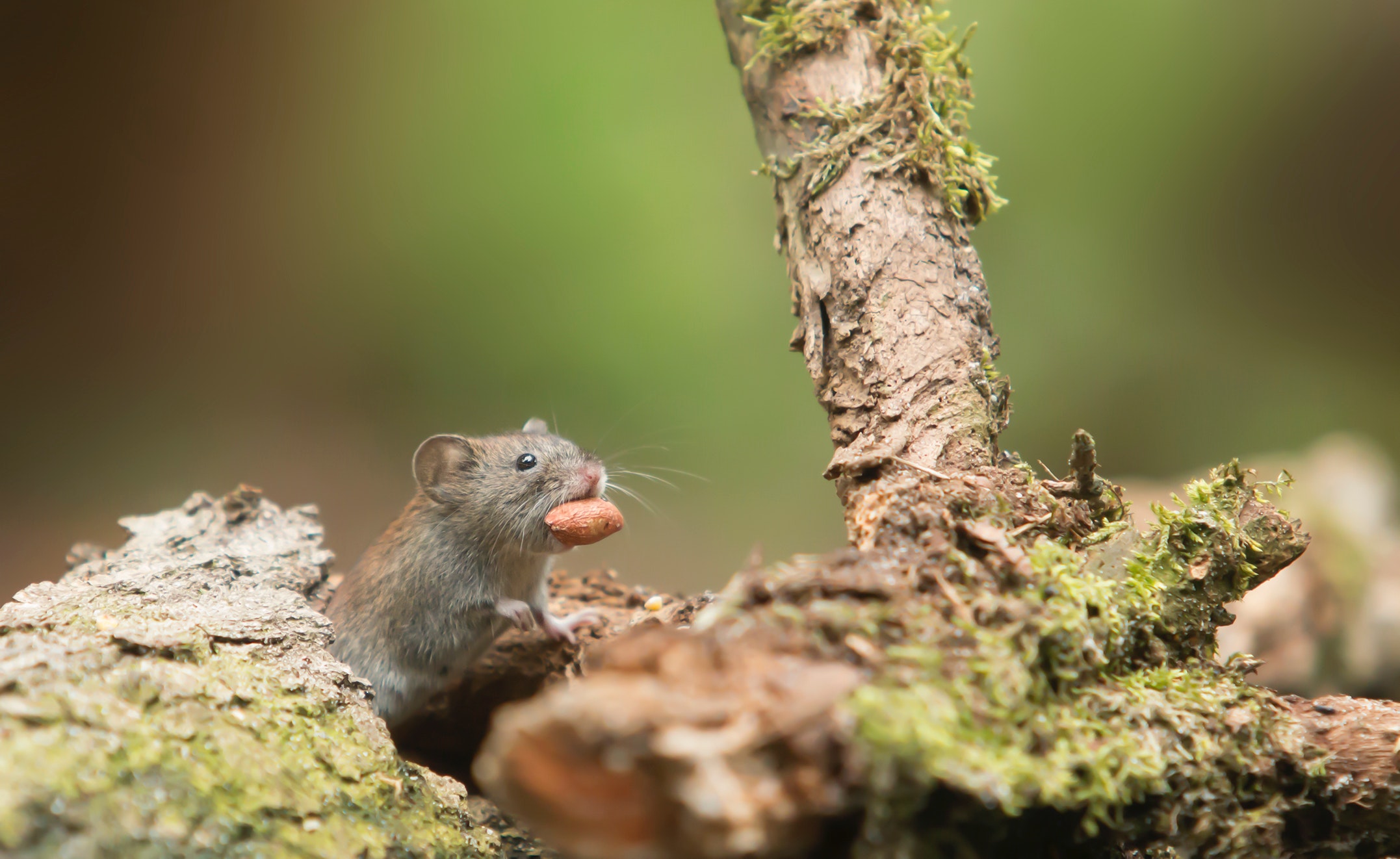For the first time, mouse pups have been produced solely using genetic material from two male parents. The Gryphon takes a closer look.
Try to recall your first sex ed lesson. As long ago as it was for most of us, what did they teach you about how babies were made? A male and a female, right? Or so you thought. Researchers in China, led by Wei Li, have now altered the age-old tale by producing healthy, fertile offspring from two proud mouse parents of the same sex.
Whilst missing out the middle man, quite literally, is fairly common in nature, it is unheard of in mammals until now. Parthenogenesis is the ability of a female to produce offspring without a father and can be seen in a number of species from the small (like nematodes, aphids, and bees) to much larger species (such as hammerhead sharks and Komodo dragons). Parthenogenesis literally means ‘virgin birth’ in Greek and it allows females to produce healthy offspring if no males are present. This does mean, however, that the offspring are all genetically identical to the mother and each other, making the population less stable if environmental conditions change, hence why these species still need some males.
Whilst the phenomena of reproducing on your own is highly successful in many groups, it has never been seen in mammals in the wild, and laboratory studies had proved unsuccessful with offspring either dying or being infertile. Some studies have managed to produce offspring from two females before, but the offspring have been unhealthy with severe abnormalities, and never has it been shown to occur from two male mice – not even mother nature herself has conducted that experiment with males from any species. The research, whilst based on parthenogenesis, is a lot different to the natural process, with a lot more splicing and dicing of the genome.
Producing offspring from two mothers is simpler than producing offspring from two males. Wei Li and his team did both. They produced the mouse pups from the two mums by taking an egg cell from one and a stem cell from another, merging them together, and then deleting a whole bunch of DNA. The bi-maternal offspring were healthy, and some went on to produce their own offspring. Producing babies from two males was, to put it lightly, much harder, as I’m sure you can comprehend. To become parents the two dads had to donate sperm and stem cells, like the mums, but an egg was also required. This egg had been enucleated – all of its genetic material was removed – so just the structure is left. After all that, seven genes still had to be deleted, which is more than double of what the bi-maternal experiment required. The experiment had mixed success as, whilst pups were produced from the two dads, they all died within a few days. Not an ideal success rate if you’re a mouse.
This is important as there is the potential for this technology to be used in humans. Admittedly, it wouldn’t be possible for a while, but the potential is there and it would allow same sex couples to have a child with genetic information from both parents. However, there are sceptics as to whether this could ever be applied to humans. Many critics of the study point out that most embryos did not develop normally and pointed to the fact that the success rate of the mouse pups was only 14% with two female parents and just 2.5% with the two males.
But who knows, we also didn’t think we would be able to clone animals and just look at Dolly the sheep. The researchers themselves take a positive view, and state that whilst applications for humans is not possible in the close future, the results show us what could be achievable in the long run.
image source: pexels.com

